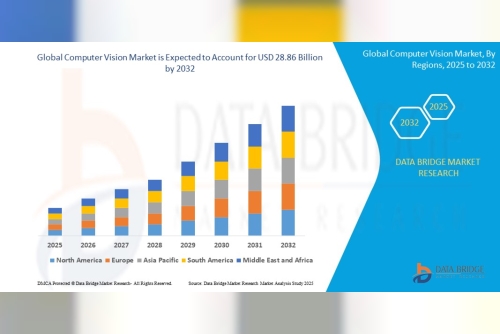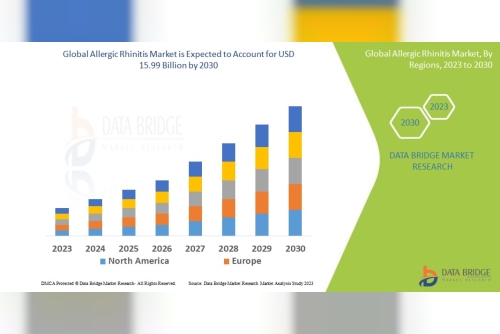What are the mitigation and adaptation measures for climate change? Can people rely on something other than natural factors, or do they have to rethink their lifestyle to decrease global warming? These are the kind of questions that the climate change research in the Arab Region want to be able to answer. The Sun's activity provides the primary energy for Earth's climate system, contributing to the planet's energy balance. Solar activity and the solar cycle cause variations in the amount of energy absorbed by the Earth.
The reduced solar activity observed lately may indicate the beginning of a new solar minimum. The last solar minimum, the Maunder Minimum, was recorded approximately between 1650-1715. The phenomenon is often associated with the Little Ice Age, characterized by low average temperatures in the Earth's northern hemisphere, roughly between the 14th and 19th centuries. However, this direct association between the Maunder Minimum and the Little Ice Age is erroneous. According to the new climate models, the impact of solar activities on the climate system is low compared to other external forcing mechanisms.
See the Climate Change Research in the Arab RegionDuring the pre-industrial period, volcanic eruptions were important external forcing mechanisms behind climate variations, while during the industrial period, anthropogenic forcing mechanisms contributed significantly to climate change. Thus, even if the Sun is headed for a new Solar Minimum, the average global temperature would follow an upward trend. The planet's warming caused by greenhouse gas emissions from burning fossil fuels is about six times greater than a. possible cooling due to a prolonged Solar Minimum. The Sun will not change the Earth's climate system alone; see that in the climate change research in the Arab Region.
To understand how changes in solar activity influence the climate, you need to understand terms such as:
Solar activity: Magnetic phenomena that occur on the surface of the Sun, such as sunspots or solar flares. Solar activity varies over time, and these variations can affect global climate.Solar cycle: intervals of about 11 years characterized by variations in solar activity that oscillate between reduced and increased solar activity.Solar minimum and maximum are periods of the Sun's activity lasting from a few decades to a few centuries. Solar minimum is characterized by reduced solar activity, while Solar Maximum involves increased solar activity.Earth's Energy BalanceClimate change research in the Arab Region tries to get people's informed, such as the fact that the Sun supplies energy to the climate system through electromagnetic radiation. At the same time, the Earth's climate system loses energy by emitting infrared radiation into the Cosmos. A 0 Earth energy balance means that the energy entering the Earth's atmosphere equals the energy emitted into the Cosmos. When the energy absorbed by the Earth is greater than that of the energy emitted, the climate system warms. Otherwise, cooling of the climate system occurs.
Greenhouse gases in the atmosphere, whether natural or anthropogenic in origin, can absorb infrared radiation emitted by the Earth's surface. This characteristic of them, known as the greenhouse effect, changes the Earth's energy balance by capturing part of the energy emitted to the Cosmos, contributing to the warming of the climate system. The most well-known greenhouse gases are water vapor, carbon dioxide, methane, and ozone, each emitted naturally and by human activities. There are also some greenhouse gases, such as chlorofluorocarbons, which are emitted exclusively by anthropogenic means.
What Is the People's Role in Climate Change?Many people don't check on climate change because they think they have nothing to do with it. However, they believe they alone cannot do anything about global warming. In the 80s, scientists noticed that how people perceive a risk's seriousness influences their attitude and behavior toward that risk. This correlation has also been observed in the context of climate change. A person's perception of climate change and associated risks is an essential predictor of an individual's willingness to take personal action against these changes. The climate change research in the Arab Region indicates an increasing concern about climate change internationally.
Climate change is perceived as the second biggest global problem, right after poverty, hunger, and lack of access to clean water. At some level, in certain countries, economic issues, poverty, hunger, and lack of access to drinking water are perceived as more severe than climate change. Heat is a global issue. The prolonged drought also worsened things, which can be seen through the severe water shortages and other terrible situations they led to. The heat values affected millions of people, many of whom did not have air conditioning.
Take All the Measures You CanIn some countries, the percentage of people who take personal responsibility to act against climate change is growing since many have adopted specific measures to reduce the effects of climate change. To take specific measures to prevent the worst effects of climate change, many governments have agreed to limit the rise in global temperatures to below two °C, or preferably 1.5°C, above pre-industrial levels. 0.5 °C may not sound like much, but it could significantly reduce climate change risks and impacts, according to climate change research in the Arab Region. Limiting the average global temperature to 1.5 °C requires a considerable effort.
Although heat waves are a natural part of the climate, the severity and extent of heat waves are not unique to summer. A scientific assessment of the ferocious heat wave estimates that it is two to four times more likely that such severe and prolonged heat will occur due to climate change. That is something that no one can deny based on the rapid increase in heat waves that people experience in recent decades. Their appearance outside the peak summer period raises new concerns. These record heat waves are occurring in a climate that is, globally, more than 1.2 degrees Celsius warmer than before the Industrial Revolution.
A degree or two temperature difference when you enter another room may not be noticeable even if you do not think about it; even fractions of a degree matter considerably regarding the global climate and its repercussions. According to climate change research in the Arab Region, measures are taken to reduce the risks associated with climate change, either by reducing vulnerability and exposure or through risk management and sustainable development plans. The total greenhouse gas emissions can be attributed to an individual, a factory, a product, or an economy.












